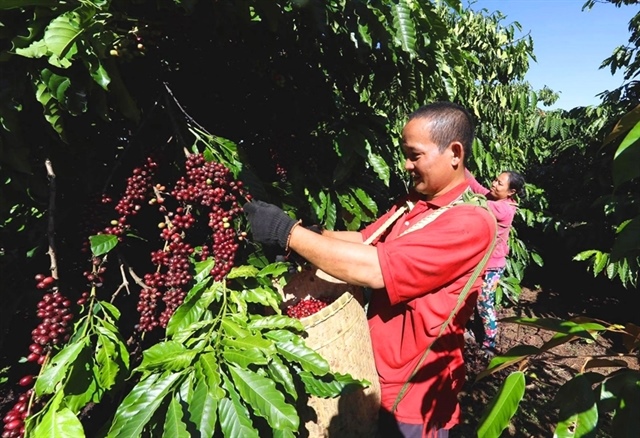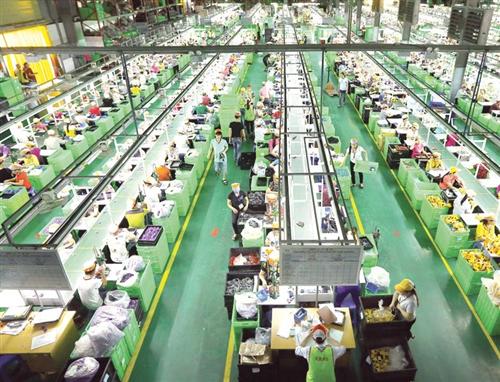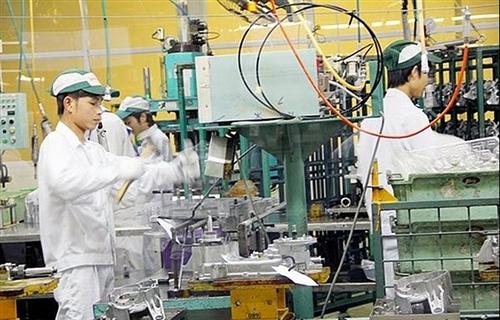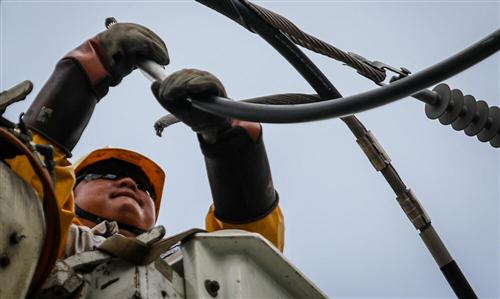China raw materials supply resumes, but Viet Nam’s export markets close borders
China raw materials supply resumes, but Viet Nam’s export markets close borders
Raw material imports from China are no longer the concern for many Vietnamese industries, and it is now the frequent cancellation of orders by US and EU customers, according to the Ministry of Industry and Trade. 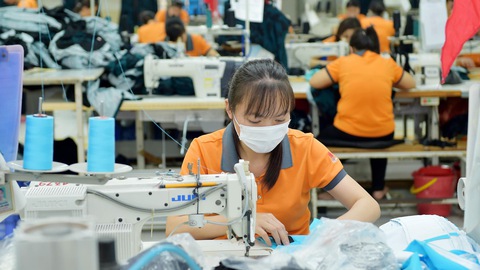
In the last couple of months many Vietnamese businesses lacked raw materials that used to come from China after that country closed down to combat the Covid-19 outbreak.
But now, according to the ministry, 72 per cent of China's small and medium-sized enterprises and all large ones have resumed normal operations.
As a result, the supply of imported raw materials and components for manufacturing industries in Viet Nam has mostly recovered.
In the textile and footwear industries, for instance, supply of raw materials is back to 60-80 per cent of normal.
However, when this problem began to be resolved by the end of March, Covid-19 broke out in the EU and the US, causing consumer demand for clothes and footwear to slump. The production capacity of these industries is far higher than domestic demand since they are mainly geared for exports, especially to these two markets.
Many Vietnamese garment and textile businesses have received notices from their US and EU buyers that they will stop taking delivery of goods for three weeks to a month.
According to Pham Xuan Hong, chairman of the HCM City Association of Garment Textile Embroidery and Knitting, customers said the suspension was due to tighter border control in those regions.
“They asked Vietnamese businesses to suspend deliveries, including of products already en route, until borders are reopened.”
The US and EU are two major textile markets for Viet Nam. Half of all textile exports from a production hub like HCM City goes to the US, while the EU accounts for 15-18 per cent.
The ministry expects textile and footwear orders in April and May to fall by 70 per cent, and slow a recovery through 2020.
Switching to other markets such as India, South Korea and Japan cannot make up for the shortfall in exports to the US and Europe, and the two sectors are again set for competition from Chinese goods since the country’s huge production capacity has basically been restored.
According to the ministry, the main priority now is to keep domestic industries operating despite the impact of the disease.
The textile industry is one of the biggest employers, and most of its workers are unable to switch to other jobs because of a lack of relevant skills.
If a business closes permanently, hundreds, even thousands, of people lose their jobs and create a negative spillover effect for other businesses along the supply chain.
The ministry plans to roll out credit, finance and tax policies to help businesses overcome the difficult period, continue production and look for domestic and foreign markets.




